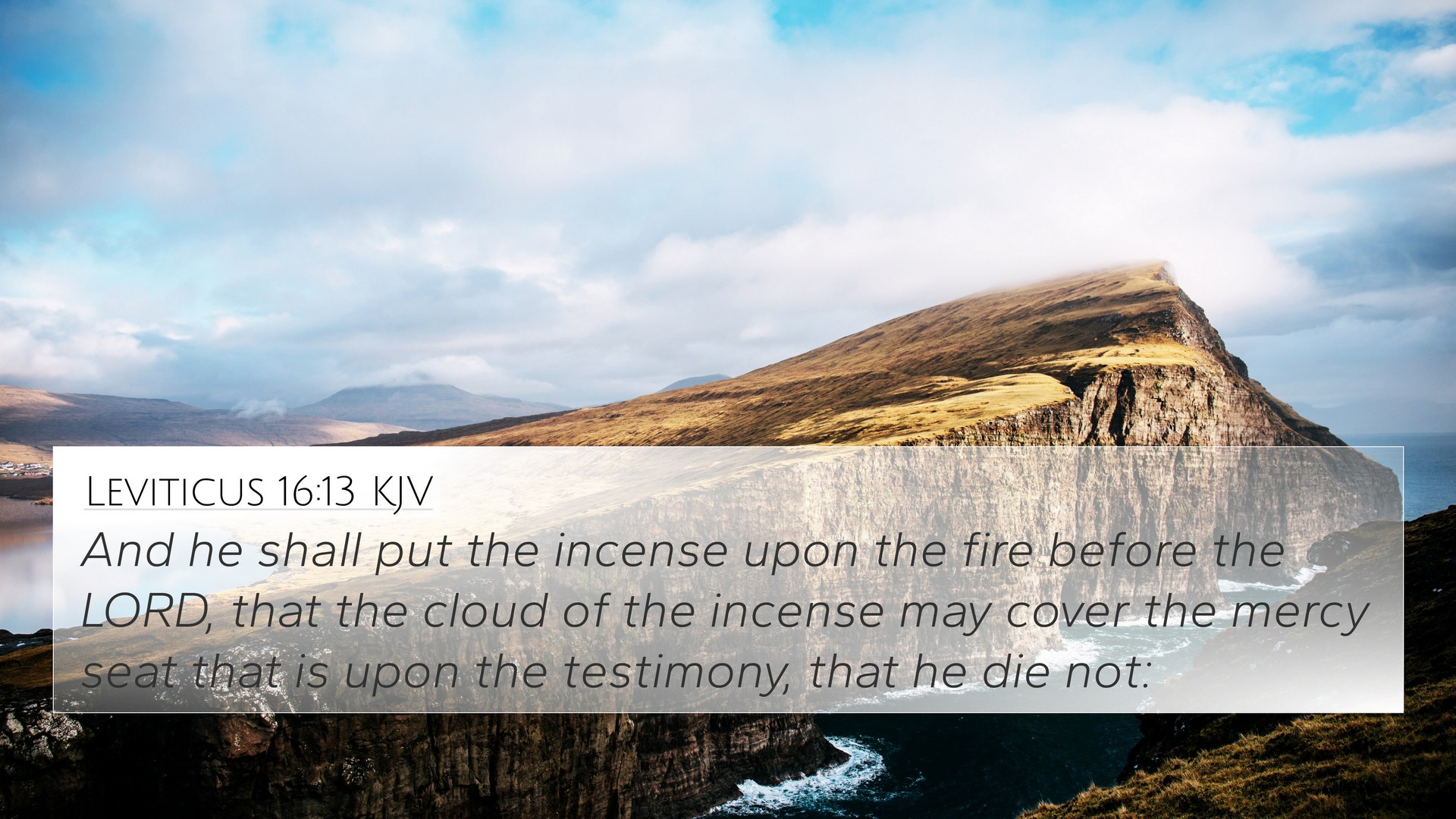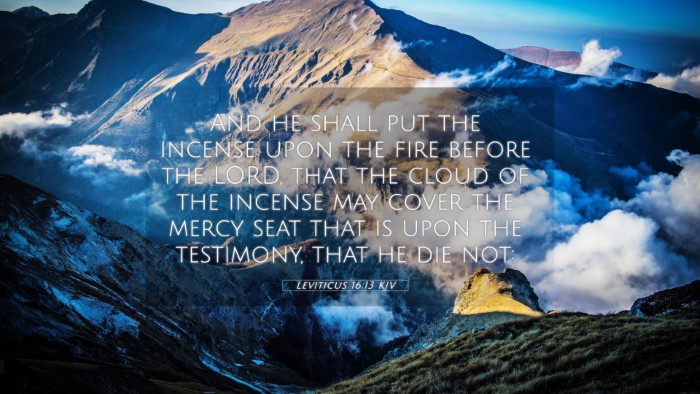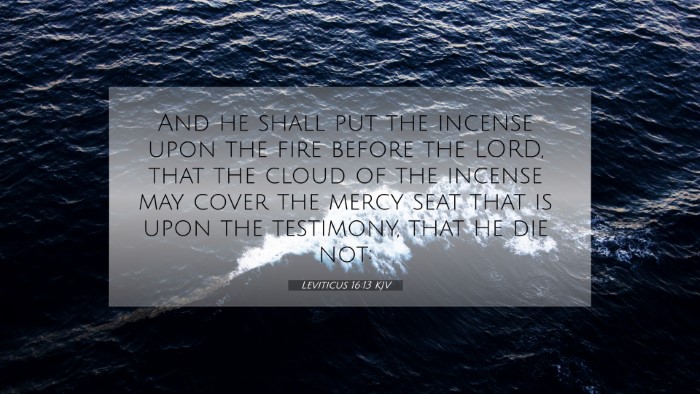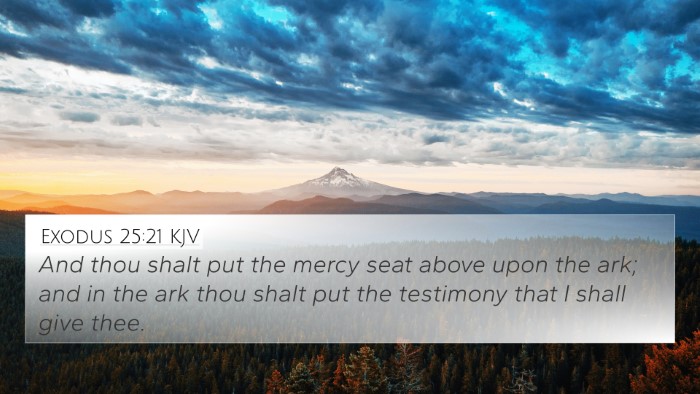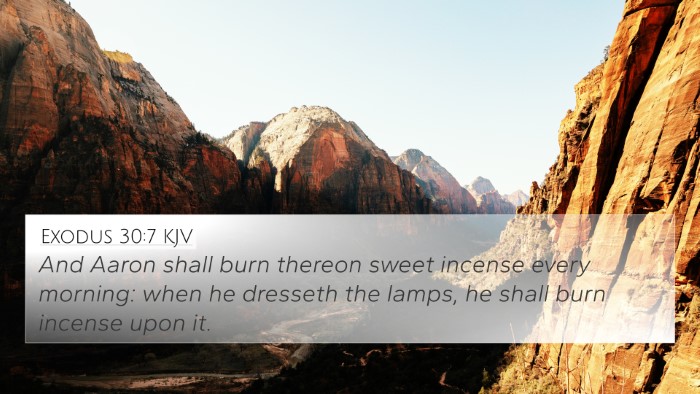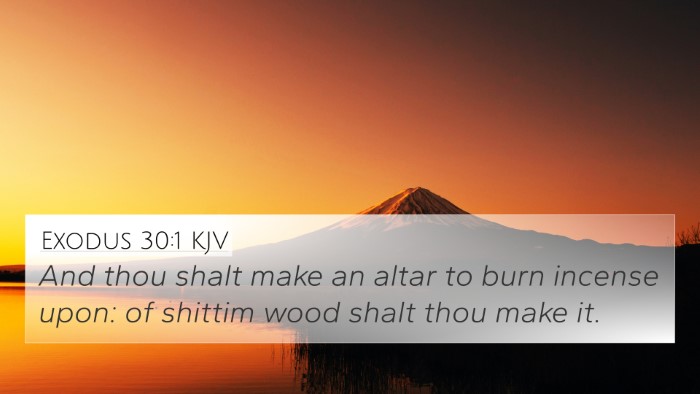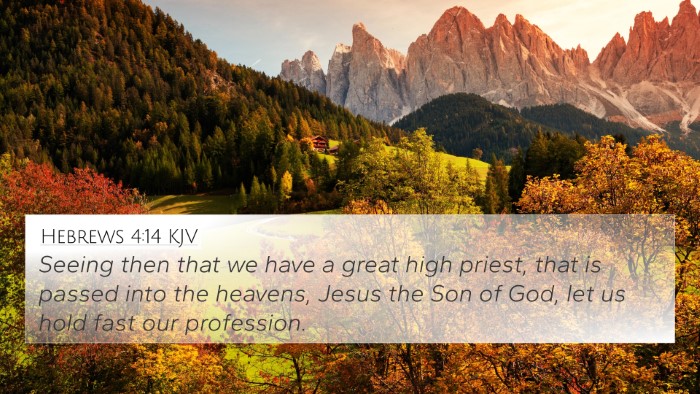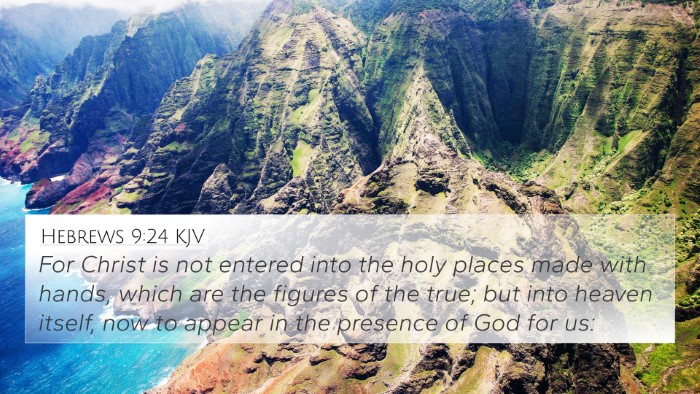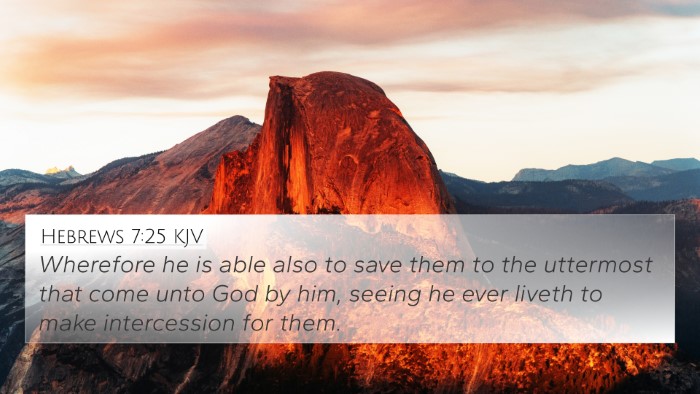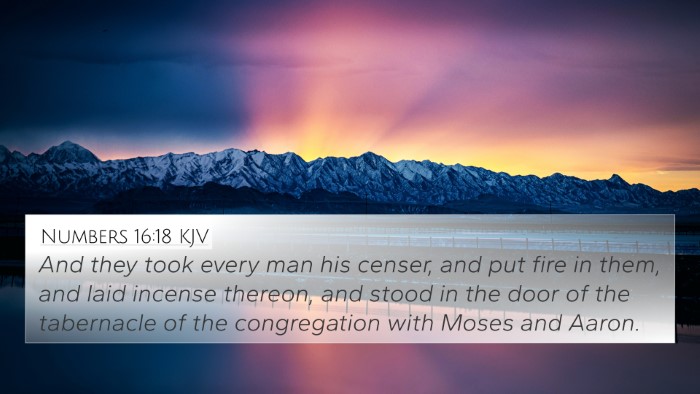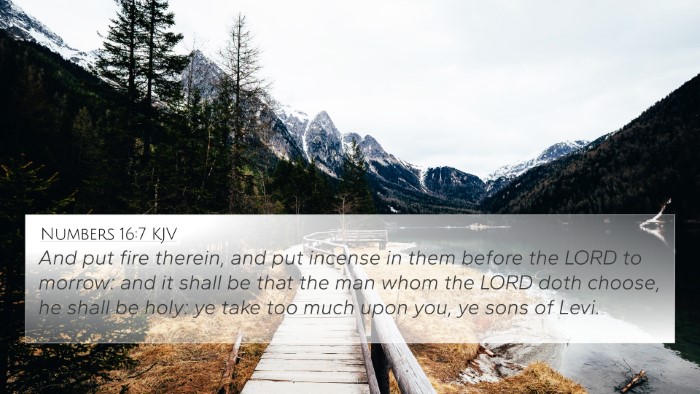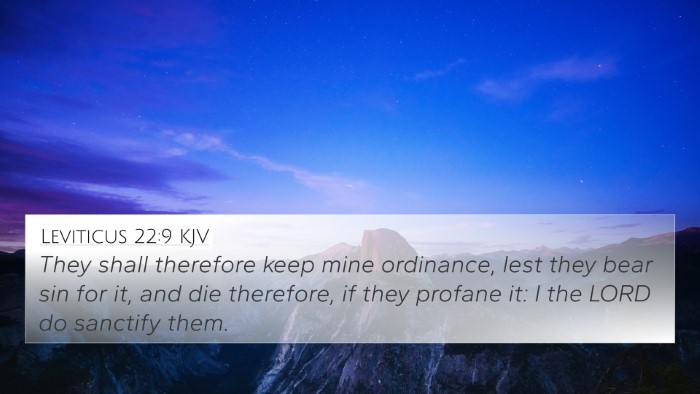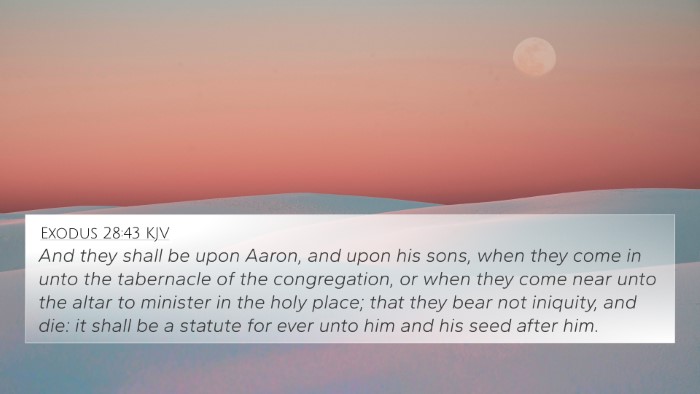Understanding Leviticus 16:13
Bible Verse: Leviticus 16:13
This verse highlights the role of the priest in the atonement process during Yom Kippur, connecting faith, repentance, and divine mercy.
Verse Context
Leviticus 16 describes the Day of Atonement, where the high priest performs rituals to atone for the sins of Israel. In verse 13, the priest is instructed to place incense on the altar, creating a cloud of smoke that symbolizes the prayers of the people ascending to God.
Commentary Insights
Matthew Henry's Commentary
Matthew Henry emphasizes the importance of the incense, indicating it represents the prayers of the saints. The veil of incense suggests the necessity of divine intercession for sinful humanity, reminding us that our approach to God must be mediated. The act of the high priest serves as a foreshadowing of Christ's ultimate sacrifice, bridging the gap between God and man.
Albert Barnes' Notes
Albert Barnes elaborates on the ceremonial nature of this passage, linking it to the broader theme of purification and sanctification. He draws attention to the significance of the cloud of incense, asserting that it acts as a symbol of acceptance before God. This verse encapsulates the idea that through proper atonement, believers can enjoy fellowship with God.
Adam Clarke's Commentary
Adam Clarke underscores the gravity of the priestly role in this ritual, pointing out that the incense represents the prayers being offered along with the blood of the sacrifice. Clarke draws parallels to the New Testament, likening the high priest's actions to Jesus, who became the perfect mediator for all humankind. This highlights the prophetic nature of the practices established in Leviticus.
Spiritual Significance
The spiritual implications of Leviticus 16:13 serve as a reminder of God's desire for communion with His people. It reflects themes prevalent throughout Scripture, such as atonement, forgiveness, and the need for intercession. The link between the Old Testament sacrificial system and New Testament theology illustrates a continuous thread woven through God's plan for redemption.
Cross-References
Leviticus 16:13 connects to several other Bible verses that further elucidate its meaning:
- Exodus 30:7-8 - Details on the burning of incense in the tabernacle.
- Hebrews 9:7 - Discusses the role of the high priest in the sacrificial system.
- Psalm 141:2 - Prayers are likened to incense before God.
- Revelation 5:8 - The prayers of saints are represented as golden bowls of incense.
- Romans 8:34 - Christ as our intercessor at the right hand of God.
- 1 Peter 2:9 - Believers as a royal priesthood offering spiritual sacrifices.
- 2 Corinthians 2:15 - Believers as the fragrance of Christ in the world.
Exploring Cross-Referencing
The technique of cross-referencing Biblical texts facilitates a deeper understanding of how verses relate to one another. For Leviticus 16:13, exploring connections to other scriptures enhances comprehension of themes like atonement and intercession:
- Thematic Bible verse connections help illuminate the continuity of God's message through both testaments.
- Bible concordance and resources provide tools for identifying connections between various scriptural passages.
- This verse's connections emphasize the importance of Bible cross-reference guides in studying the significance of rituals in relation to faith.
Conclusion
In summary, Leviticus 16:13 serves as a vital link in understanding Biblical atonement practices. Its connections with other scriptures exhibit the profound nature of God's mercy and the importance of prayer and intercession in our relationship with Him. As believers, utilizing tools for Bible cross-referencing enriches our study of the word and deepens our faith in the overarching narrative of salvation.
